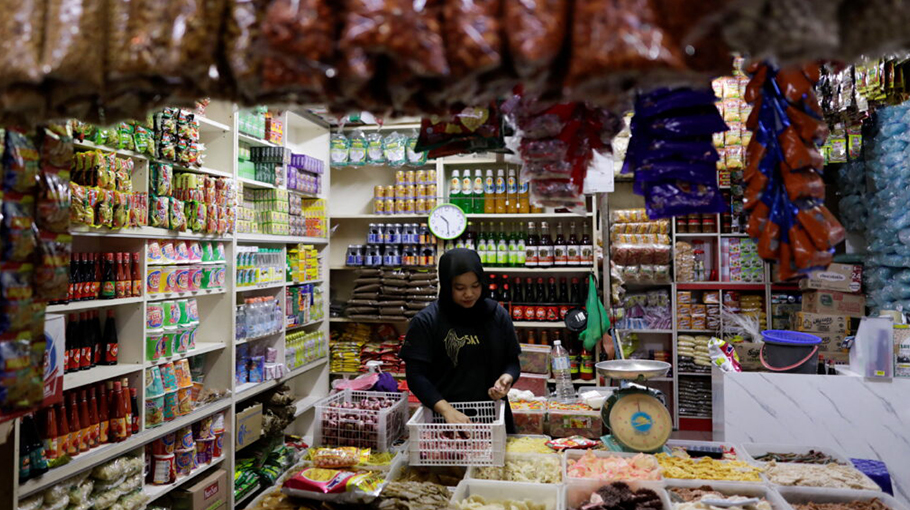Shoring up structural reform for a resilient Malaysian Ringgit

In February 2024, the Malaysian Ringgit traded at almost RM4.8 against the US dollar, marking a trough not seen since January 1998 when the Asian Financial Crisis (AFC) swept through the region. Corporate governance reforms since the late 1990s have prevented Malaysia from suffering an equally severe fallout this time around.
Yet, it is of little comfort to average Malaysians who have seen their disposable income shrink as import costs have gone up. The government’s shift from blanket to targeted subsidies has created more financial stress on the population.
Newly appointed Second Finance Minister Amir Hamzah reassured parliament that the government is taking measures to address the situation. Most prominently, this includes measures encouraging government-linked companies and investment companies to repatriate foreign investment income back to Malaysia and to ration their overseas investments.
Such efforts to draw capital back home are laudable. If well executed, they are likely to restore confidence in an already jittery investment community. This initiative has sparked extra demand for the national currency, claimed Amir Hamzah on 19 March 2024, several weeks after the currency stabilisation and related measures were implemented. But the jury is still out as the Ringgit has only risen marginally against the US dollar since.
For some economists, the Ringgit’s decline is a result of the fall in Malaysia’s competitiveness since the 1997–1998 AFC. It is inaccurate to claim that Putrajaya shut itself out from the global economy to cope with the turmoil then, a popular but oft-poorly substantiated saying among analysts. Still, Malaysia did not undertake as deep an economic restructuring as its peers — South Korea, Indonesia and Thailand — which received IMF support during that episode.
Some of the reforms, while socially and politically contentious, have reduced distortions in these IMF debtor economies, resulting in a more efficient allocation of resources in the post-AFC years. A key development is the curtailing of state-backed business groups. Unlike the other three economies, the Malaysian way of reflating its stock market essentially meant a state-sponsored bailout of major business groups. While some of these firms have clearly been restructured and nursed back to health, encouraging private investment has been challenging since the AFC.
The currencies of these three economies have all depreciated less than the Ringgit against the US dollar since the last US Federal Reserve rate hike in July 2023. While pressure on all these economies is largely triggered by external factors, such as rate hikes by the Federal Reserve and a slowing Chinese economy, those with stronger fundamentals are more likely to withstand the stress. A currency’s value is determined by the nation’s long-term economic health and wider societal vibrancy, rather than stopgap intervention in the financial markets.
Relatedly, Malaysia’s longstanding reliance on foreign direct investment (FDI) to drive technological progress needs re-evaluation. While this was not a huge issue in the past, the strategy has been strained since the late 1990s, as competition in labour-intensive tasks and a market-friendly environment began to yield diminishing returns.
Malaysia’s Lewisian turning point (when surplus labour from the rural sector is depleted, and the industrial sector must raise wages to attract workers) coincided with a newer group of developing countries promoting pro-business policies and enjoying even lower labour costs, which heightened competition. Within Southeast Asia, Malaysia has started to face competition from Cambodia, Laos, Myanmar and Vietnam. In the region’s immediate peripheries, China and India emerged as large, young economies open to FDI.
The intensification of major power rivalry has also complicated the global economic environment. Exclusionist policies are balkanising global FDI flows to the detriment of smaller, non-aligned nations like Malaysia. There is room for nimble and carefully crafted policy adjustments, but one needs to act fast and decisively.
Former Minister of Investment, Trade and Industry Rafidah Aziz cautioned the incumbent administration that, in their zeal to court fresh FDI, it is crucial to keep the domestic organisational ecology vibrant enough for businesses already invested in the country to prolong and continue and expand their operations.
Rafidah is not advocating that policymakers stop attracting FDI altogether. The goal is not to bring as many investors as possible, but to continuously embed them into the domestic ecosystem in a mutually beneficial ‘upgrading coalition’.
A direct way of doing so is investing in the human capital that goes hand-in-hand with the long-term commercial imperatives of firms and local stakeholders’ socioeconomic objectives. One-off policies curated in isolation will likely not yield sustainable results.
Malaysia could fix the economic circumstances that have given rise to the Ringgit’s weakness. De-risking measures by transnational corporations have indirectly provided Southeast Asian economies with an opportunity to nibble some market share off China. Despite some shortcomings, Malaysia boasts relatively sound institutions and is in the middle of major trade routes.
Going forward, the key is revitalising Malaysia’s productive structure by executing long-awaited reforms. Many will be painful in the short run, but will likely bring long-term benefits. Within the realm of industrial policy, there is a need to more systematically target FDI with positive externalities, while phasing out unproductive, speculative investments that do not contribute to domestic capability building. Doing so could raise unemployment initially but generate higher quality job opportunities, paving the way for Malaysia to transition into a high-income economy.
Meso-level policy shifts necessary to nudge Malaysia towards a ‘high road’ have been outlined in several recent master plans, including the New Industrial Master Plan 2030 and the National Energy Transition Roadmap. The key lies in implementing them expeditiously.
Guanie Lim is Associate Professor at the National Graduate Institute for Policy Studies, Japan.
Aaron Pek is the author of Value Investing Substack, a newsletter covering US stock analysis and global macro coverage.
Source: East Asia Forum




